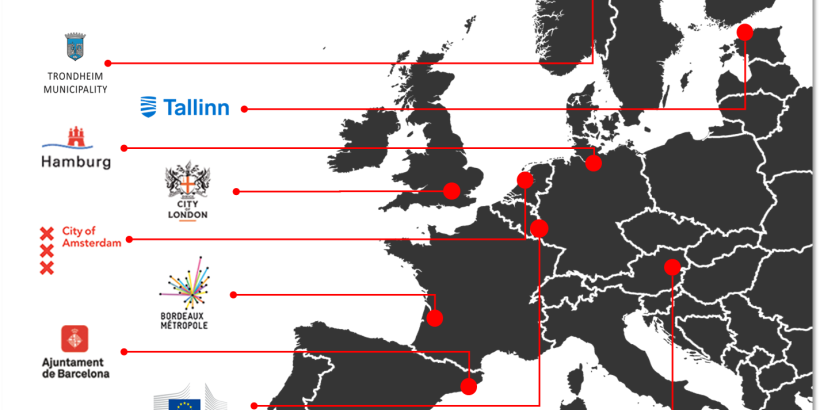Structure of the local budget in Italy
Italy is a unitary country composed of three tiers of government: the central, the regional and the local. The local level is further divided into two tiers of local entities, the provinces/ metropolitan cities and the municipalities. There is no hierarchy between provinces and metropolitan cities, both represent an intermediate unit between regions and municipalities. According to the 2001 constitutional reform and the 2009 Fiscal Federalism Law, No 42., which pushed the Italian fiscal system towards greater autonomy and fiscal federalism, Italian local governments are financed by their own taxes, shared taxes and not by earmarked equalization or additional transfers for unless in exceptional cases. Although the continuous territorial reorganization the financing system of provinces and metropolitan cities is complex and uncertain, devolved taxes, shared taxes and transfers from the “Experimental fund for financial consolidation of provinces” 1 represent the main source of revenues for these two units. Figure 1 shows that their own taxes represent the main source of revenue for municipalities, accounting for approximately 30% of their total local budget.
Since 2014, the main source of revenues for municipalities has been the Imposta Unica Comunale (IUC) which is made up of a local tax on properties (IMU), a local tax on waste (TARI) and a local tax for general public services provided by the municipalities (TASI). With Legge di Bilancio 2020, the ‘New IMU’ was established and TASI was incorporated into the IMU. The New IMU and TARI remain the main source of revenue for Italian municipalities, jointly with the IRPEF, a surtax on individual income which each municipality may establish, setting its rate at a maximum of 0,8%. It can be concluded that the Italian local budget is mainly made up of own-source revenues: fees (2021: 15%) and their own taxes (2021: 34%).
Structure of the local budget in Austria
Austria is a Federal Republic composed of three tiers of government: the central, the Länder (states) and the local. The Länder are independent entities divided into municipalities, which constitute the Austrian local level. According to the Fiscal Constitutional Law and the Fiscal Equalization Act, in which the financial relations among the three tiers of government are regulated, Austrian municipalities are financed by shared and local taxes, current transfers and capital transfers, fees and other incomes. Figure 2 shows that the most important source of revenue for Austrian municipalities is shared taxes, which always constitute at least 40% of total local government revenue. Among the shared taxes, the most important and relevant are value added tax, personal income tax and corporate income tax. Local taxes and fees also represent an important factor of municipal income, jointly representing almost 17% of total municipal revenue. The most two relevant local taxes are the municipality and property tax. The first is a kind of business tax for which companies based in Austria have to pay a tax of 3% of the total amount of wages, the second is levied on individuals who own property. Fees are mainly generated through the provision of public services and utilities. Unlike Italy, Austrian local budgets consist of a complex system of intragovernmental transfers, whereby shared taxes are redistributed among tiers of governments.
Conclusions
The local revenue system of the two countries is based on two different legal frameworks: the Italian local fiscal autonomy is promoted by giving importance to own taxes and limiting transfers from other levels of government by law, in Austria, a complex system of transfers is provided to compose the local budget. As data the shows, the Italian local budget is mainly made up of its own taxes (Imposta Unica Comunale) represent the main source for municipalities), which represent the largest source of revenue for local governments, while the Austrian local budget is mainly made up of shared taxes (value added tax, personal income tax and corporate income tax are the most important), which represent the largest share of the local budget in Austria. In Austria, local authorities are more dependent on transfers coming from other levels of government. Figures 3 and 4 show the differences.


